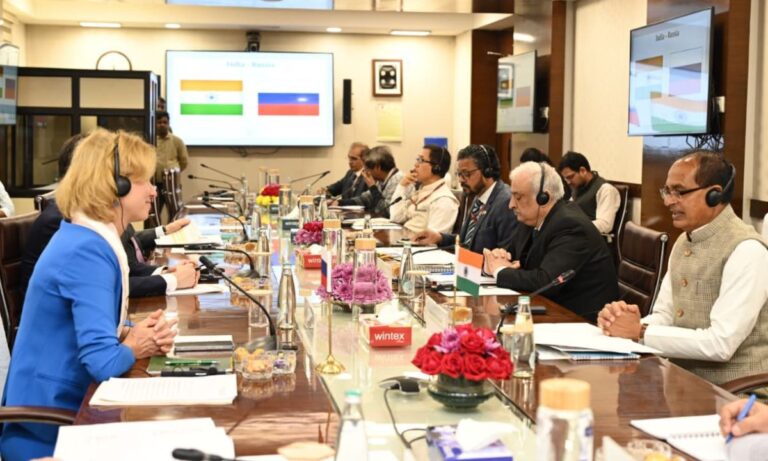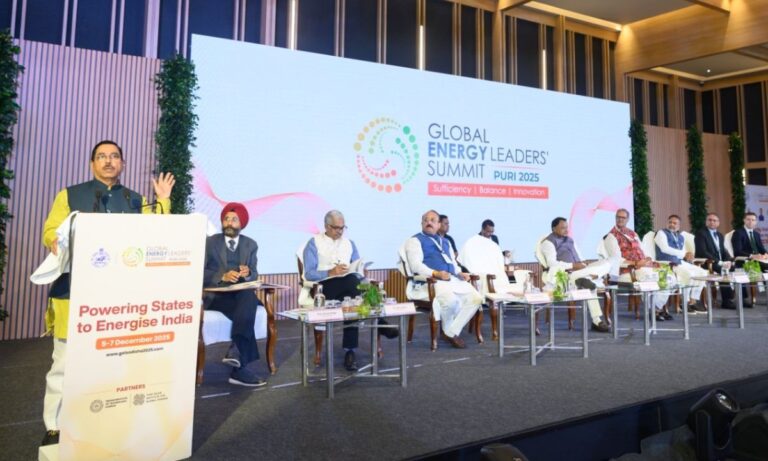
Securing India's Water Future: Balancing Agriculture and Sustainability
Amidst a bustling population and rapidly advancing economy, India faces the challenging responsibility of managing its water resources with skill and precision. Did you know? India is the world’s largest consumer of groundwater, surpassing the combined use of the United States and China. This heavy reliance on groundwater, along with increasing demands from domestic, industrial, and agricultural sectors, puts immense pressure on India’s water reserves.
As a result, India is at risk of becoming a water-deficient country. In the article, we delve into the intricate interplay between groundwater stress and agriculture, the repercussions of evolving crop patterns, and prospective remedies to ensure an enduringly sustainable water destiny for India.
Table of Contents
The Interplay between Groundwater Stress and Agriculture
Groundwater plays a pivotal role in meeting India’s agricultural needs, with over 60% of irrigation requirements being fulfilled by it. The rapid adoption of tube wells since the 1980s, accounting for 77% of total irrigation additions in the northwestern plains, has allowed farmers to cultivate new crops in non-traditional areas. This shift has led to a significant increase in the cultivation of water-intensive crops like paddy in Punjab, where the area under rice has expanded from 47% to 80% of the total cropped area between 1970 and 2019. Similarly, Haryana has witnessed a similar trend.
Implications of Changing Crop Patterns
While this agricultural transformation has increased crop yield and brought economic gains, it has come at a grave cost. Depleting groundwater resources at an alarming rate has created a crisis, threatening both the sustainability of agriculture and the health of the soil and its inhabitants. Moreover, the shift towards water-guzzling crops like paddy has had a detrimental impact on crop diversity, leading to the decline of crucial crops such as oilseeds, pulses, maize, and cotton.
Understanding the Catalysts
The surge in groundwater-depleting agricultural practices is largely attributed to the policies surrounding water and electricity subsidies. These incentives have significantly contributed to the expansion of rice cultivation. To address the emerging crisis, it becomes essential to evaluate strategies that strike a balance between economic incentives and sustainable water management.

Way Ahead: Strategies for Sustainable Water Management
- Storing and Using Rainwater: India receives an enormous 4,000 billion cubic meters (BCM) of freshwater through precipitation annually, yet only a fraction of it is utilized. Implementing rainwater harvesting and storage systems can significantly increase water availability during dry periods and recharge aquifers, reducing groundwater extraction.
- Effective Management of Surface Water Resources: Regions with access to surface irrigation systems should emphasize efficient utilization and management of surface water. Proper maintenance and optimization of existing canal systems can help make the most of available water resources.
- Reforming Energy and Water Pricing Policies: Rethinking subsidies on water and electricity is crucial to discourage excessive groundwater extraction. A shift towards volumetric pricing for irrigation water, along with dynamic electricity tariffs, could incentivize farmers to adopt water-efficient practices and consider alternative energy sources like solar pumping.
- Encouraging Surplus Solar Energy Trading: Empowering farmers to sell surplus solar energy back to the grid at competitive rates can motivate them to invest in renewable energy solutions, reducing their dependency on conventional energy for irrigation.
- Introducing Water Meters for Irrigation: Mandatory water meters can be installed to monitor and control the volume of water utilized for irrigation. This would encourage responsible water usage and promote water conservation among farmers.
Conclusion
India’s growing population and agricultural demands have resulted in unsustainable groundwater extraction, pushing the nation towards water scarcity. The alarming shift in crop patterns has only intensified the crisis, jeopardizing food security, soil health, and overall environmental stability.
However, with a comprehensive approach that includes rainwater harvesting, effective surface water management, revised energy and water pricing policies, solar energy adoption, and water meters, India can pave the way towards a sustainable water future. Proactive measures and collective efforts by policymakers, farmers, and communities are the keys to ensuring India’s water security for generations to come.
Watch: India’s Disappearing Water






